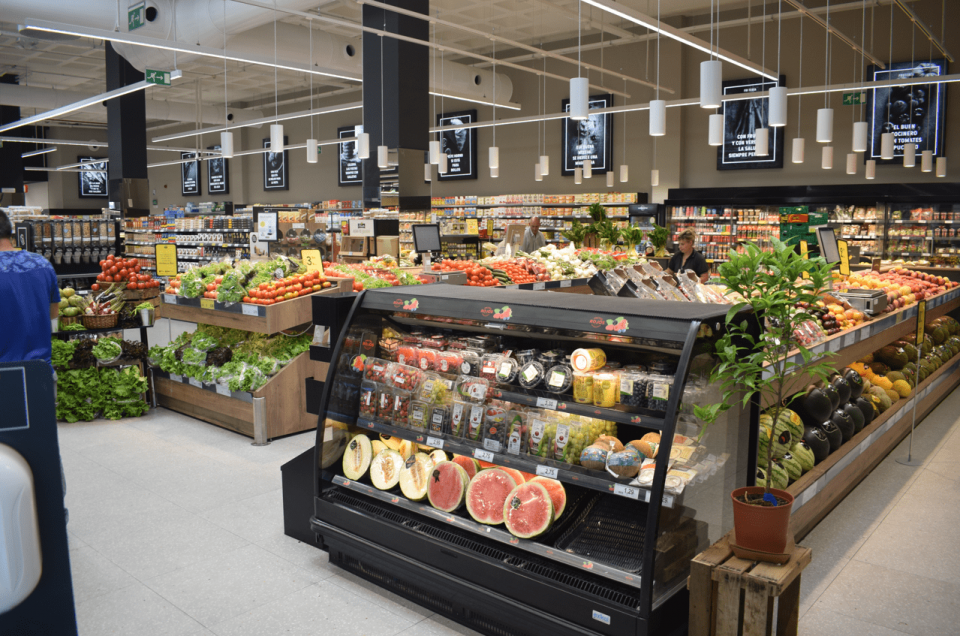The European fruit and vegetable market is undergoing a dynamic transformation, shaped by innovation, sustainability, and evolving consumer demands. International Supermarket News spoke with key figures across the supply chain, from supermarket giants to the directors of Europe’s most influential trade shows, to understand the future of fresh produce in retail.
Alexander Stein, Director of FRUIT LOGISTICA, shared insights into the fair’s growth since its launch in Berlin in 1993. Under his leadership, the event has become the world’s leading fresh produce trade show. Stein highlighted several new features in the 2026 edition, including the Insights Stage, Expo Tours of Berlin’s wholesale and retail markets, and a New Product Showcase designed to spotlight innovation across the value chain.
María José Sánchez, Director of Fruit Attraction, offered perspective on Spain’s vital role in European fruit and vegetable production. She discussed the importance of building connections between producers and major retailers, a goal her Madrid-based event continues to advance with increasing international attendance and visibility.
Interviews conducted by ISN with former fresh produce buyers at Tesco and Sainsbury’s revealed the complexities of sourcing in the European market. The former Tesco buyer noted that successful suppliers are those who not only deliver consistency in quality and supply but also understand the need for transparency, traceability, and environmental accountability. At Sainsbury’s, the former buyer emphasised the shift toward private label development and closer collaboration with trusted growers.
Retail strategy continues to evolve. Sainsbury’s is on course to reach £10 billion in UK online grocery sales by the end of 2025. Meanwhile, Tesco remains a market leader with an increasingly sophisticated fresh produce supply chain. Both companies are investing in supplier relationships to ensure long-term consistency and competitive pricing.
Across the continent, Spain remains the largest producer of fruit and vegetables for both local consumption and export. At the same time, historic wholesale markets such as Rungis in Paris continue to play an essential role. Rungis alone accounts for more than 45 percent of fruit and vegetable consumption in the Paris region and 65 percent nationally, making it a crucial node in the French food network.
Trade events are also playing a central role in reshaping the industry. FRUIT LOGISTICA 2026 is placing greater focus on supermarket partnerships, with hands-on experiences such as Smart Agri sessions and a dedicated Organic Route that will feature over 200 certified exhibitors. Similarly, Fruit Attraction in Madrid strengthens Spain’s global visibility as a premium supplier and aligns well with European retailer expectations on sustainability, diversity of offer, and quality assurance.
What emerges from these conversations and data points is a clear picture. The future of fruit and vegetable retail in Europe hinges on trust, innovation, and adaptability. Events like Fruit Attraction and FRUIT LOGISTICA remain key stages for buyers and sellers to connect, while retailers like Tesco and Sainsbury’s will continue to refine their sourcing models to respond to changing consumer needs.
Former supermarket buyers interviewed by ISN agreed on one key point. Success in this space depends on more than just price. Suppliers need to deliver on quality, service, and forward-thinking practices, particularly in sustainability and logistics. Europe’s fruit and vegetable sector is no longer just about farming—it is about partnership, precision, and progress.

